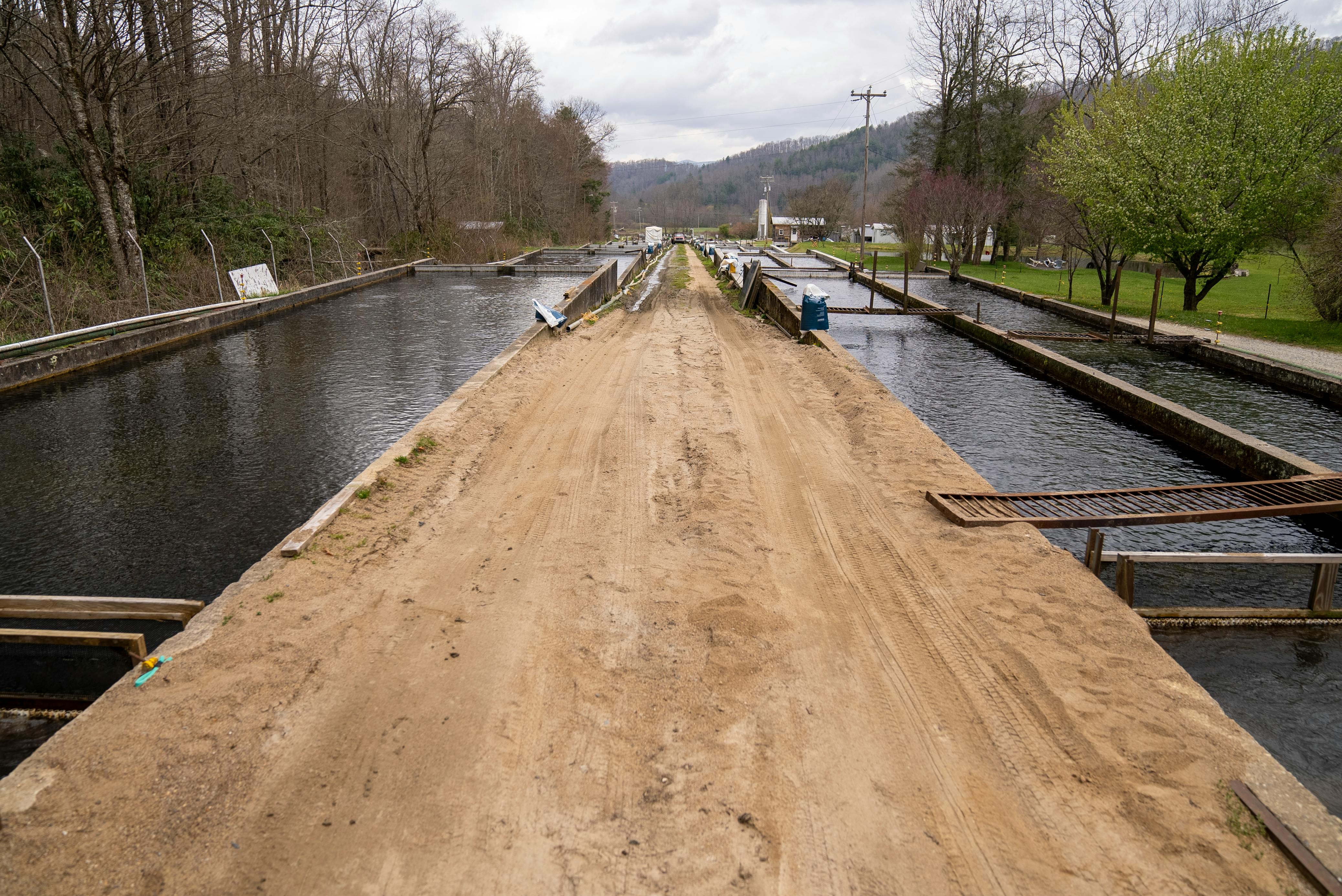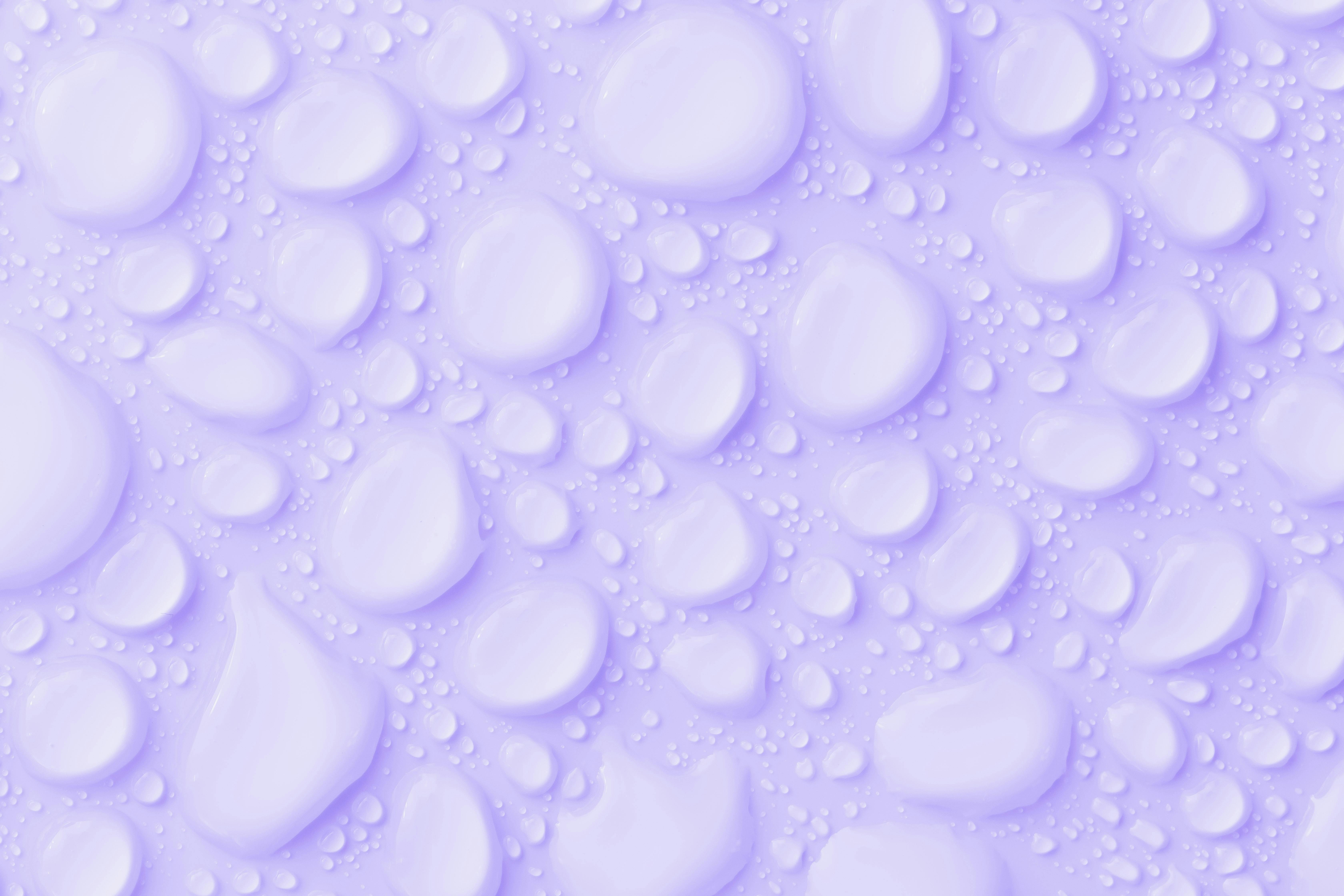Distilled water and purified water are both types of treated water, but they are not the same. Distilled water is made by boiling water and collecting the steam. This process removes bacteria, dissolved solids, and other impurities from the water. Purified water involves a variety of treatments like filtering, reverse osmosis, distillation, deionization, or ultraviolet light that also remove impurities from the water. Both distilled and purified water are safe to drink; however, there are some differences in taste and mineral content between the two.Distilled water is water that has been heated to a boiling point, and the steam is collected and cooled, creating a pure and clean form of water. Distilled water does not contain any minerals or other impurities, making it much purer than regular tap or spring water. It is often used in medical settings and for scientific experiments, as well as for drinking.
What is Purified Water?
Purified water is water that has been filtered or processed to remove impurities such as dirt, chemicals, and other contaminants. It is commonly used in homes, laboratories, and commercial applications such as food and beverage production. Purified water is also used in medical settings for dialysis and other treatments that require pure water. The process of purification involves removing impurities from the water, often by using a combination of filtration methods such as reverse osmosis, distillation, deionization, or ultraviolet light treatment. The end result is a clean, pure product that meets certain safety standards for drinking water.
Purified water can be used for many purposes such as drinking, cooking, washing fruits and vegetables, and even brushing teeth. It can also be used in aquariums to keep fish healthy and free from disease-causing bacteria or parasites. In general, purified water has fewer contaminants than tap or bottled drinking water which makes it a great choice for people who want to ensure their health and safety when consuming it.
Distilled and Purified Water
Distilled water and purified water are both forms of water that have been processed in order to make them safe for human consumption. The main difference between the two is the method used to purify them. Distilled water is created by boiling water and then condensing the steam back into liquid form, while purified water is created by using various methods to filter out impurities. Both forms of water are free from contaminants and can provide a safe source of drinking water.
Distilled Water is created by boiling the source of water, such as tap or well, until it becomes steam. The steam is then condensed back into liquid form, leaving behind any impurities or contaminants that may have been present in the original source of water. This makes distilled water extremely pure, as it does not contain any minerals or other substances that could be potentially harmful to drink. It also has a very neutral taste and odor, making it ideal for cooking and mixing with other beverages.
Purified Water is created through a variety of techniques that filter out impurities from the source of water. These can include reverse osm
Sources of Distilled and Purified Water
Water is essential for life, and it’s important to make sure that the water we drink is safe and free of contaminants. There are many sources of distilled and purified water available today, including tap water filtering systems, bottled water, and reverse osmosis systems. Let’s take a look at some of the most common sources of distilled and purified water.
Tap Water Filtering Systems: Tap water filtering systems are one of the most popular sources of purified drinking water today. These systems use various filters to remove sediment, bacteria, and other contaminants from tap water. Many tap filtering systems are designed to reduce chlorine levels as well, making them a great choice for those who don’t want to drink chlorinated or fluoridated tap water.
Bottled Water: Bottled water is another popular source of distilled and purified drinking water. Most bottled waters are filtered or processed to remove contaminants from the source before they are packaged in bottles or other containers for sale. While bottled water is convenient, it can be expensive compared to other options for obtaining distilled or purified drinking water.
Rever
Distillation Process
Distilled water is created by the process of distillation. This process involves boiling water until it turns into steam. The steam is then collected and cooled, which causes it to condense back into liquid form, leaving behind any contaminants or minerals. The resulting liquid is pure distilled water. Distillation is a very effective way to purify water and remove any impurities that may be present in the source water.
Purification Process
Purified water is created through a process known as reverse osmosis. This process involves forcing contaminated water through a semi-permeable membrane that filters out any contaminants or impurities in the water. The result is pure, clean water with very few if any particles or contaminants present. Reverse osmosis can also be used to remove certain minerals and chemicals from the source water if needed.
Treatment Process
Once distilled and purified waters have been created, they are usually treated with certain minerals or components to make them safe for human consumption. Common

Nutrients Contained in Distilled and Purified Water
Most people are aware that drinking water is essential for good health, but not all water is created equal. Depending on the source, different types of water can contain various amounts of minerals and nutrients. Distilled and purified waters are two of the most common types available on the market today. It is important to understand the differences between these two types of water, as well as what nutrients may be found in each one.
Distilled water is created through a process known as distillation, which removes impurities such as bacteria and pollutants from regular tap water. This type of water contains no minerals or nutrients, making it a great option for those looking to avoid consuming excess Sodium or other minerals found in regular tap water. Additionally, distilled water has a much longer shelf life than regular tap or purified water.
Purified water, on the other hand, undergoes an additional filtration process that removes even more impurities than distillation alone. This additional filtration process can also remove beneficial minerals such as calcium and magnesium from the water. While this type of water does not
Tastes of Distilled and Purified Water
The taste of water can vary depending on the source, quality, and treatment method. Distilled water and purified water are two different types of water that differ in terms of taste. Distilled water is made by boiling water to remove impurities, while purified water is filtered or treated to remove contaminants.
Distilled water has a very clean and crisp taste due to the absence of minerals or other impurities. It is often used in medical treatments such as dialysis or for cooking because it does not contain any additives or chemicals. The lack of minerals can make it taste somewhat flat, however.
Purified water is usually treated with either reverse osmosis or activated carbon filters to remove contaminants from the source material. This can give the water a slightly “off” taste due to the presence of chlorine or other disinfectants that are used in the process. It also tends to have a slightly metallic taste due to the presence of trace metals from the filtration process.
Overall, distilled water tends to have a cleaner and more neutral taste than purified water due to its lack of minerals and additives.
Cost Comparison of Distilled and Purified Water
The cost of distilled and purified water can vary greatly depending on the type of purification system used. Distilled water is generally more expensive than purified water because it requires more energy and equipment to produce. The cost of a gallon of distilled water can range from around $0.50 to $1.50, while a gallon of purified water may cost as little as $0.25.
Distilled water is produced by boiling the water, capturing the steam, and then condensing it back into liquid form. This process removes all contaminants from the water, including minerals, bacteria, and chemicals. On the other hand, purified water is filtered through several different systems that remove dirt, bacteria, and other contaminants but not necessarily minerals or chemicals.
When comparing the cost of distilled and purified water, it is important to consider not only the price per gallon but also the long-term cost savings associated with using one over the other. For example, if you are looking for a drinking water solution for your home or business that will not require frequent replacement due to chemical buildup or

Conclusion
The differences between distilled and purified water are quite clear. Distilled water is water that has been boiled and condensed to remove all impurities. Purified water is any form of water that has been treated to remove impurities, but not necessarily boiled. Both forms of water can be safe for human consumption, but distilled water is the purest form of water available.
It’s important to consider your particular needs when choosing the right type of purified or distilled water for you. If you are looking for the purest form of drinking water available, then distilled water may be the right choice for you. If you just want to remove unpleasant tastes or odors from your drinking water, then purified water may be a better option.
No matter which type of purified or distilled water you choose, it’s important to remember that both types of water can be beneficial in their own way. Consider your needs and decide which type is best suited to your lifestyle and dietary habits before making a purchase.

